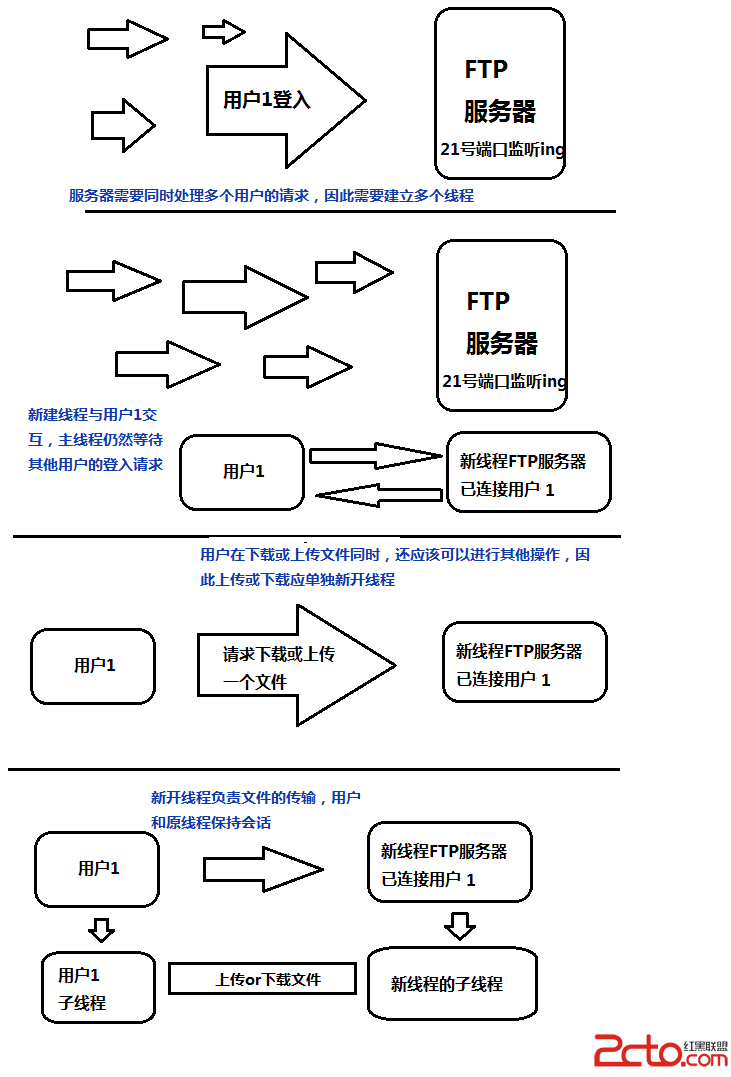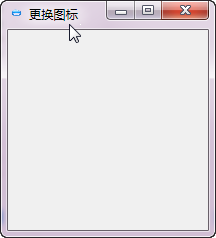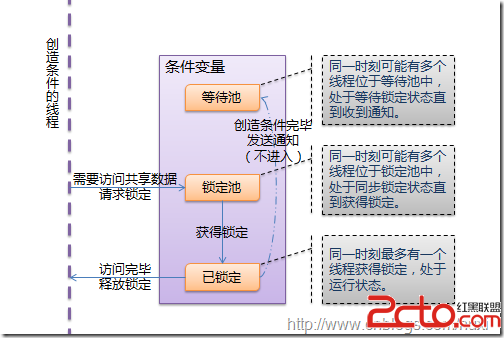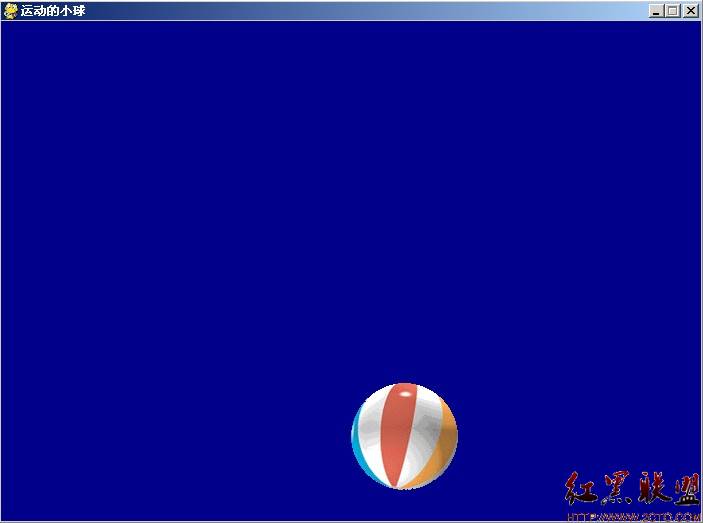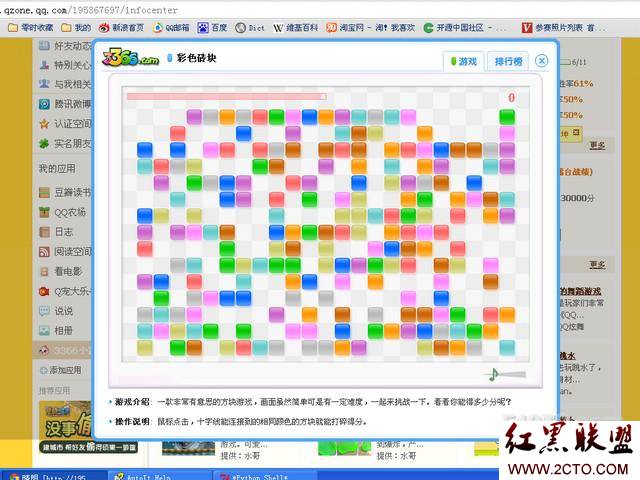Python源码学习之初始化(三)-PyDictObject的初始化
先来看它的定义
typedef struct _dictobject PyDictObject;
struct _dictobject {
PyObject_HEAD
Py_ssize_t ma_fill; /* # Active + # Dummy */
Py_ssize_t ma_used; /* # Active */
/* The table contains ma_mask + 1 slots, and that's a power of 2.
* We store the mask instead of the size because the mask is more
* frequently needed.
*/
Py_ssize_t ma_mask;
/* ma_table points to ma_smalltable for small tables, else to
* additional malloc'ed memory. ma_table is never NULL! This rule
* saves repeated runtime null-tests in the workhorse getitem and
* setitem calls.
*/
PyDictEntry *ma_table;
PyDictEntry *(*ma_lookup)(PyDictObject *mp, PyObject *key, Py_hash_t hash);
PyDictEntry ma_smalltable[PyDict_MINSIZE];
};
在PyObject *PyDict_New(void)中,调用了宏定义<strong>EMPTY_TO_MINSIZE</strong>
#define INIT_NONZERO_DICT_SLOTS(mp) do { \
(mp)->ma_table = (mp)->ma_smalltable; \
(mp)->ma_mask = PyDict_MINSIZE - 1; \
} while(0)
#define EMPTY_TO_MINSIZE(mp) do { \
memset((mp)->ma_smalltable, 0, sizeof((mp)->ma_smalltable)); \
(mp)->ma_used = (mp)->ma_fill = 0; \
INIT_NONZERO_DICT_SLOTS(mp); \
} while(0)
可以看出ma_table开始是指向ma_smalltable的,这和代码的注释一致
mp->ma_lookup = lookdict_unicode; 给函数指针赋值,dict的搜索函数
随着int PyDict_SetItem(register PyObject *op, PyObject *key, PyObject *value)的不断调用
该函数会在最后判断
if (!(mp->ma_used > n_used && mp->ma_fill*3 >= (mp->ma_mask+1)*2))
return 0;
return dictresize(mp, (mp->ma_used > 50000 ? 2 : 4) * mp->ma_used);
可见在ma_fill = 6 && ma_mask=7 的时候,走到了dictresize
会重新申请新的内存, ma_table就不再指向ma_smalltable, 而是新的内存,
然后把原来老的内容拷贝到新的内存里面.by calling insertdict_clean
之后 ma_fill = ma_used = 6, ma_mask = 31
/* Get space for a new table. */
oldtable = mp->ma_table;
assert(oldtable != NULL);
is_oldtable_malloced = oldtable != mp->ma_smalltable;
if (is_oldtable_malloced)
PyMem_DEL(oldtable);
最后看老的内存是否应该释放
如果老的是ma_smalltable, 就不管了
补充:Web开发 , Python ,
